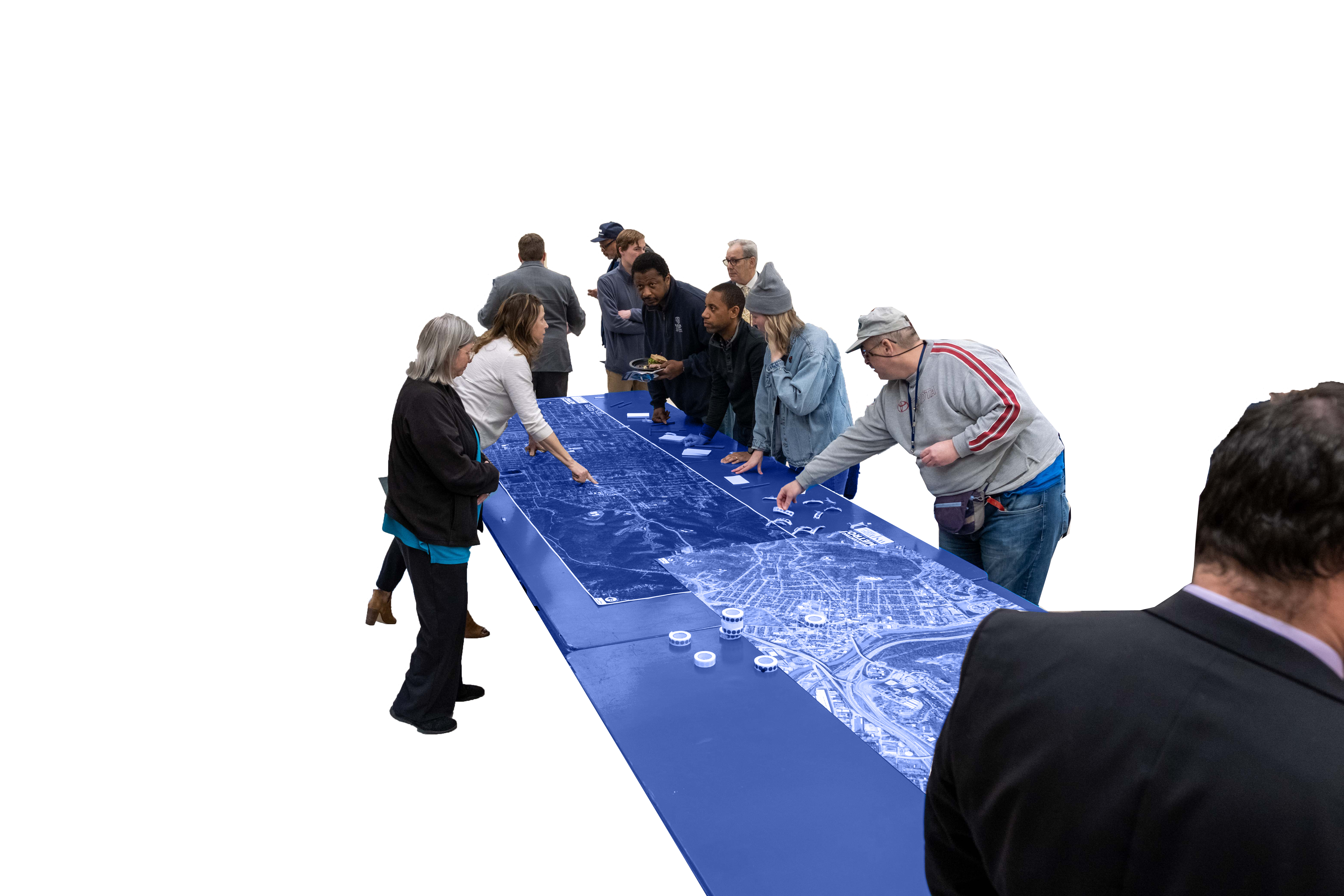In contemporary urban environments, urban signage and wayfinding serve as crucial elements for navigation, info. accessibility, and enhancing the overall urban experience for residents & commuters.
However, challenges arise due to diverse inter-disciplinary factors that designers must navigate to meet the needs
of users effectively.
To address these challenges, the University of Cincinnati’s College of Design, Arch., Art, and Planning (DAAP) entered an inter-governmental agreement with the Southwest Ohio Regional Transit Authority (SORTA) to provide comprehensive design, research, and urban planning services over the next three years (2023-2025) in Cincinnati.
︎︎︎ Advanced Typography
︎︎︎ Visual Comm. Design
︎︎︎ Experiential Graphic Design (EGD)
︎︎︎ Urban Signage System
︎︎︎ Public Space
︎︎︎ Placemaking
︎︎︎ Urban Storytelling
Useful Links:
> SEGD Signage + Wayfinding Whitepaper 2012
> Legibility Test for Large Signage (University of Buffalo Study)
Research Paper:
To address these challenges, the University of Cincinnati’s College of Design, Arch., Art, and Planning (DAAP) entered an inter-governmental agreement with the Southwest Ohio Regional Transit Authority (SORTA) to provide comprehensive design, research, and urban planning services over the next three years (2023-2025) in Cincinnati.
︎︎︎ Advanced Typography
︎︎︎ Visual Comm. Design
︎︎︎ Experiential Graphic Design (EGD)
︎︎︎ Urban Signage System
︎︎︎ Public Space
︎︎︎ Placemaking
︎︎︎ Urban Storytelling
Useful Links:
> SEGD Signage + Wayfinding Whitepaper 2012
> Legibility Test for Large Signage (University of Buffalo Study)
Research Paper:
- Rahman, Muhammad and Vikas Mehta. "Signage Form and Character." Interdisciplinary Journal of Signage and Wayfinding 4, no. 1 (2020).
Implementing the ‘research through design’ methodology, an interdisciplinary team comprising faculty and student researchers from School of Design focuses on the convergence of citywide transit infrastructures, particularly bus stops, with public spaces. The objective is to prioritize accessible design, establish clear visual hierarchies for complex information, and integrate technology to streamline communication in urban environments while enhancing user experiences and fostering community connections.
